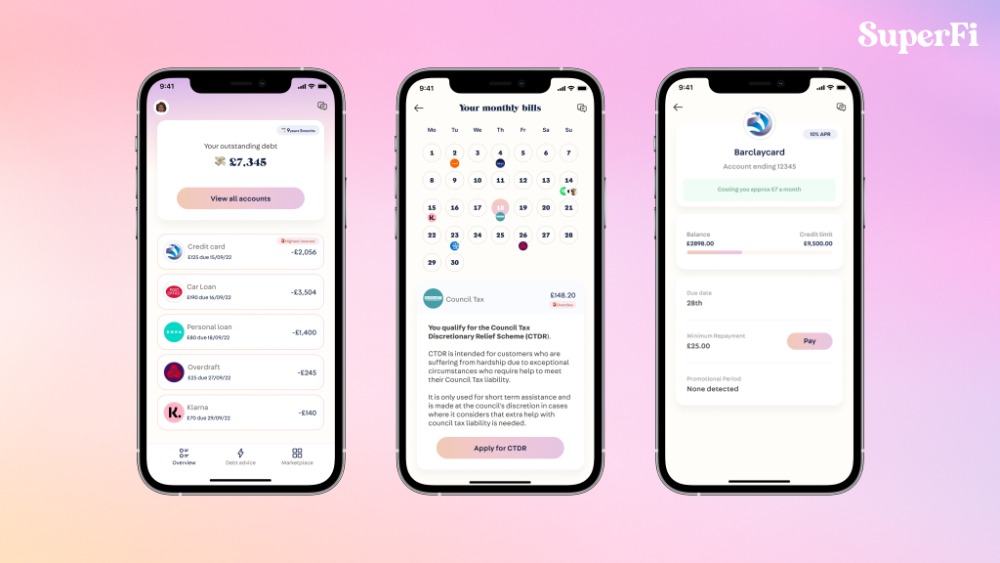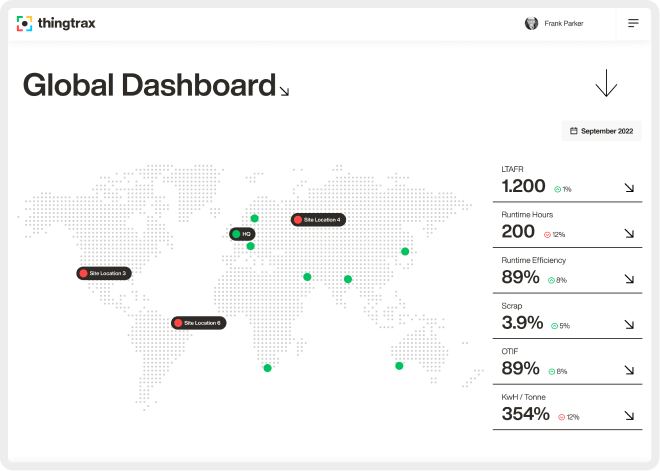Three trends in commercial life sciences in 2020 and beyond

by Startacus Admin

Rasim Shah, Director at OKRA Technologies outlines the key trends that will drive the use of AI for commercial life sciences...
As we enter a new decade, our belief in the the impact of Artificial intelligence (AI) is only getting stronger. Supporting the industry to drive the right drug to the right patient at speed is a huge responsibility that we take very seriously. Towards the end of the last decade we have seen great progress made within life sciences and the use of AI, but moving into 2020 the spotlight on commercial teams and gaining competitive advantage with AI will intensify.
 Can AI tell us why things are happening? How can we operationalise AI to drive more personalised engagements? How can we support field teams beyond the next best action? These are just some of the questions we are asked today by life science commercial teams, as we continue to help adoption across the industry.
Can AI tell us why things are happening? How can we operationalise AI to drive more personalised engagements? How can we support field teams beyond the next best action? These are just some of the questions we are asked today by life science commercial teams, as we continue to help adoption across the industry.Supporting commercial teams with AI is not without its challenges. Data access, data privacy, trust and ethics all need to be considered, but utilising data that is already available and providing real-world recommendations with full validation and explainability is possible today.
In 2020 and beyond, we believe the following 3 key trends will drive the use of AI for commercial life sciences leading to scale:
1) Explainability - If your AI is not explainable, ditch it!
AI systems will only make us intelligent if we can action the output, and humans will only be empowered to take action if they can trust
 the output. In 2020 and beyond, explainability will need to underpin the outputs made by AI systems. Why has the prediction, suggestion or recommendation been made? Explainability cannot and should not be ignored.
the output. In 2020 and beyond, explainability will need to underpin the outputs made by AI systems. Why has the prediction, suggestion or recommendation been made? Explainability cannot and should not be ignored.AI is an incredibly powerful tool to drive commercial operations and strategy within life sciences. However, unless an AI system is able to explain the reasons behind its outputs, it will fail to drive trust.
Additionally, without explanations the user and the system can’t learn together, and it is this learning which is fundamental to the success of such systems. In Europe for example, where each market has very different data sets, data granularity and privacy laws, the learning process will be critical to driving outcomes over time.
At OKRA, we have built an explainability engine powering all insights derived for life sciences commercial teams, and the explanations are driving adoption and trust with users.

2) It’s a two way conversation - AI systems and humans need to hold hands
AI systems and users must be joined at the hip. Beyond 2020, we will see more systems allowing users to provide direct feedback. For example, there are thousands of sales representatives on the road, having thousands of conversations every day across multiple therapy areas. These conversations can act as new data points and drive new insights that will improve the learning of AI systems over time.
AI systems and humans will need to communicate. This combination of technology and human knowledge is essential, as the best systems are not designed to replace people, but instead to empower them to take action with confidence. At OKRA we empower users to feedback into our system, driving incremental improvements in the accuracy of the outputs and the explanations. Both explainability and human input will be critical to driving trust.
3) Rapid AI pilots (8 weeks) - Embrace agile or get left behind
Twelve month, large scale, full country pilots is an approach we hopefully leave behind. In the new decade, validation of AI pilots should not take longer than 8 weeks. Commercial teams can become the catalyst for life science companies to adapt quickly to the change that AI is bringing. AI is fueling competitive advantage within weeks, and commercial teams should seek to engage external AI vendors that can help accelerate the speed of their business through smarter decision-making and faster execution.
AI is fueling competitive advantage within weeks, and commercial teams should seek to engage external AI vendors that can help accelerate the speed of their business through smarter decision-making and faster execution.
From creating the business question to the acquisition of data, system design, modelling, feature extraction, prediction accuracy and testing ? all of this can be done within 8 weeks if not faster, including the heavy lifting and cleaning of customer data. How do we know? Because this is what OKRA delivers to the industry.
Speed will also become increasingly important when scaling one solution across multiple markets. In Europe alone, each country has a very different data landscape. Hence, rapid, agile pilots are a way to ensure that time and money are not wasted in the hope of driving outcomes through large scale projects.
The growing confidence that life sciences is putting in AI will encourage further innovation in the sector, driving both operational and strategic commercial decisions. Moreover, it will be crucial that AI systems follow these 3 trends in order to be effective in approaching the challenges of the modern market, and in learning at a pace that has not previously been associated with life sciences.
Rasim Shah, Director at OKRA Technologies
Subscribe to our newsletter
If you would like to receive our startup themed newsletter, full of the latest startup opportunities, events, news, stories, tips and advice, then sign up here. How Manufacturing Businesses Can Reduce Energy Costs
How Manufacturing Businesses Can Reduce Energy CostsGot a business in the manufacturing sector? These tips on how you can reduce energy costs while being more sustainable are well worth a read...
 SureIn Secures €4M to Close the SMB Insurance Gap
SureIn Secures €4M to Close the SMB Insurance GapInnovative InsurTech startup SureIn announces a €4M Seed round to further its mission of making insurance easy, transparent and hassle-free for SMBs.
 How IoT Is Revolutionising Consumers' Daily Lives
How IoT Is Revolutionising Consumers' Daily Lives Nassia Skoulikariti, Director of IoT Programmes, Mobile Ecosystem Forum shares some insights on how IoT is having a significant impact on all our lives.
 How to invest in tech companies with the help of AI
How to invest in tech companies with the help of AIRoger James Hamilton, Founder and CEO of Genius Group, a world-leading entrepreneur Edtech and education group, discusses how introducing a globalized curriculum will help better prepare students.
 SuperFi raises $1M pre-seed funding round
SuperFi raises $1M pre-seed funding roundSuperFi, the debt prevention platform, has announced a $1m pre-seed funding round to support people during the cost of living crisis.
 Startups rely on AI & sustainability for new partnerships
Startups rely on AI & sustainability for new partnerships41 startups from 13 countries, including the UK, have been selected for the 8th Kickstart Innovation program, one of Europe’s leading innovation platforms.
 Another Round closes £300k Seed round to revolutionise personal training
Another Round closes £300k Seed round to revolutionise personal trainingPersonal training platform Another Round has secured £300k in its latest fundraise, including investment from angels and its community.
 Thingtrax Secures £4.3M
Thingtrax Secures £4.3MThingtrax Secures £4.3M to Empower Manufacturers to Build the Factories of the Future
 A measure of inflation relief for small firms
A measure of inflation relief for small firmsA measure of inflation relief for small firms sees transport costs fall but service price increases remain elevated
 A look at HR tech startup HR DataHub
A look at HR tech startup HR DataHubBedfordshire-based HR tech startup HR DataHub has built a range of tools for HR departments
Published on: 20th February 2020
If you would like to enable commenting via your Startacus account, please enable Disqus functionality in your Account Settings.







- SureIn Secures €4M to Close the SMB Insurance Gap 15th Aug 2023 Innovative InsurTech startup SureIn announces a €4M Seed round to further its mission of making insurance easy, transparent and hassle-free for SMBs.
- SuperFi raises $1M pre-seed funding round 28th Jul 2023 SuperFi, the debt prevention platform, has announced a $1m pre-seed funding round to support people during the cost of living crisis.
- Startups rely on AI & sustainability for new partnerships 27th Jul 2023 41 startups from 13 countries, including the UK, have been selected for the 8th Kickstart Innovation program, one of Europe’s leading innovation platforms.
- Another Round closes £300k Seed round to revolutionise personal training 21st Jul 2023 Personal training platform Another Round has secured £300k in its latest fundraise, including investment from angels and its community.







 Daniel Dierkes, David Schara, and Maximilian Geißinger 2.jpeg)

.jpg)




















